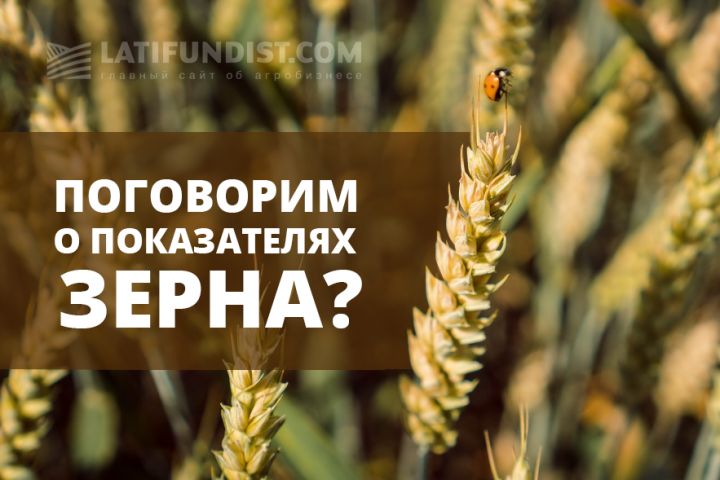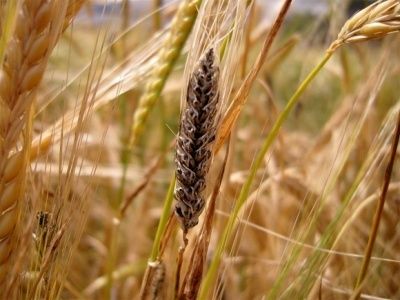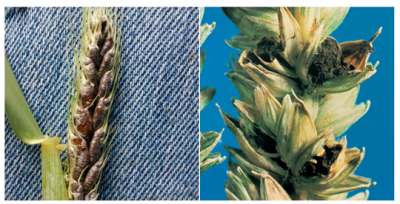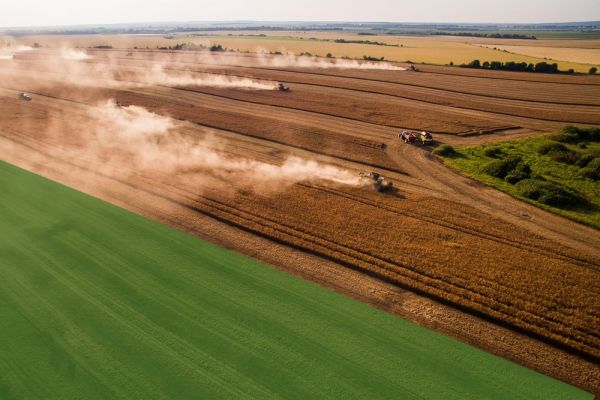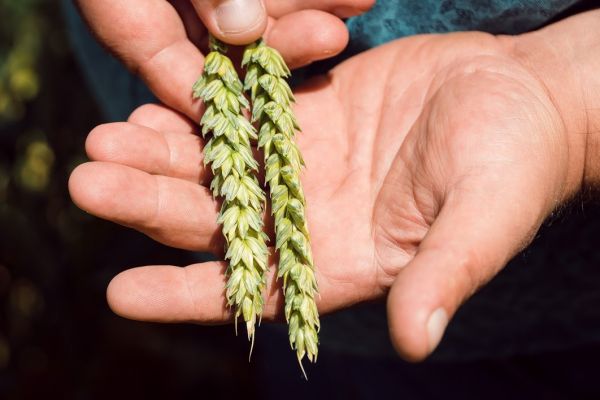Harvest on Finish: Early Grains Quality
The year 2019 is a good year for wheat in terms of protein content, gluten content and falling-number value. Protein content for food wheat at the end of the harvesting campaign is slightly lower than in the start with an average of 13% and 11% — for forage. The gluten has not changed, nor has the falling number, with an average of 26% and 370 sec., respectively. This year is a challenging year for the grain-unit index, which is lower from the previous year.
Sadly, there are more and more export consignments of germinated grains and corn-bug (Eurygaster) damaged, resulting in a consistently low W value (flour strength) throughout the harvest campaign.
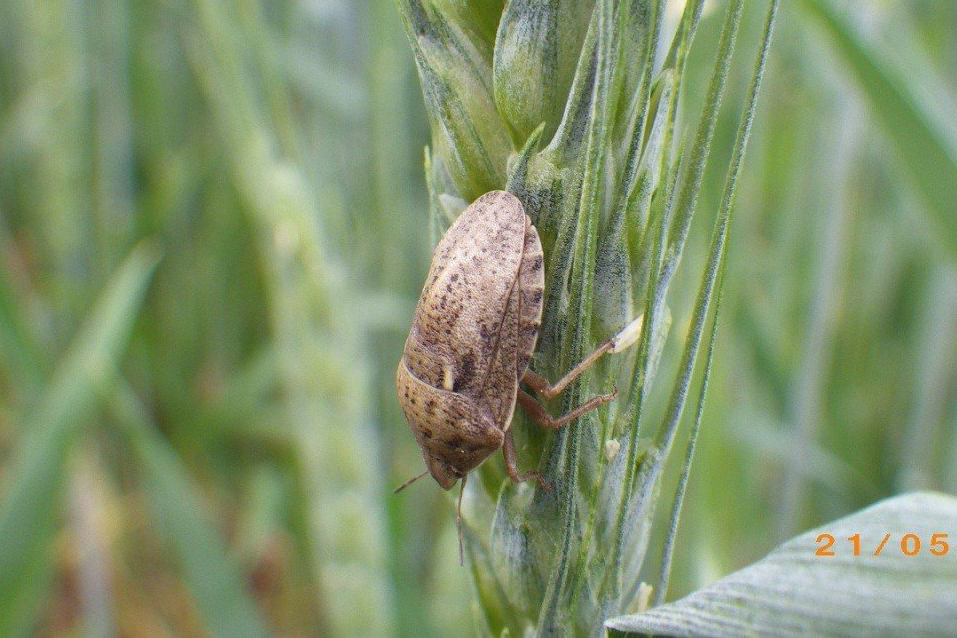
The following factors could have been the main reason:
- Warm winters and early springs with high average temperatures during this period, as well as the use of non-resistant seeds to Eurygaster, allowing pests to cause more significant damage to the grain.
- Seed Diversity — the grain has a high protein content, yet it is forage grain with low flour value. Besides, the use of high and low sensitivity varieties, produced by Eurygaster, thus making consignments impure.
- The post-harvest maturation of grain has not yet completed. After that, the situation may change.

After harvesting, regions, including the western and northern areas, are experiencing an increasing number of wheat plantings affected by smut (tilletia, ustilago).
This results in an unusual smell and an increase in the rate of 'smutted' seed heads. With regard to wheat damage by fungus alternatives (alternaria), it can already be concluded that the volume is currently lower than last year. Weather conditions were expected to be the main reason for this in addition to production technology, crop rotation system, soil cultivation and the use of chemical protection agents.
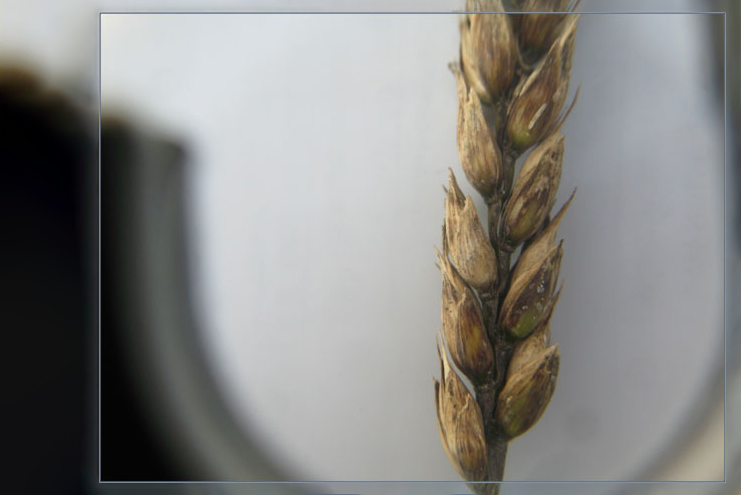
Barley quality indicators, a 3x increase in the number of shrinked grain from last year's volumes, an average of 640 g/l of grain-unit, and an average of 42.5% of rapeseed oil content per raw material ("as is") remain unchanged in the current season.
Vadym Turianchyk, Adviser to the President of the UGA on Fodder and Food Safety, author of the blog


